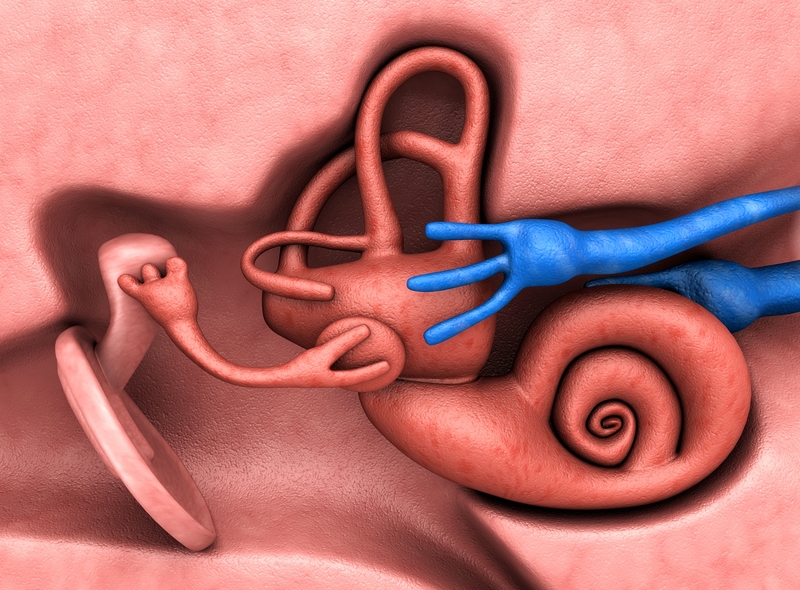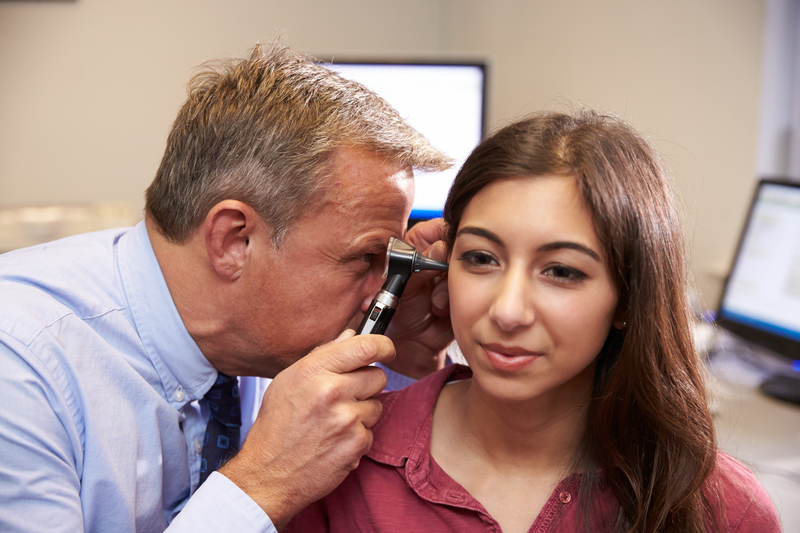10 Ways Motion Sickness Could Indicate Serious Health Problems
Motion sickness, also known as travel sickness, is a condition characterized by a disturbance of the inner ear or the labyrinth, resulting in spatial orientation as well as an impaired sense of balance and equilibrium. It is caused by a repetitive motion such as the movement of a vehicle, the motion of a plane in the air, or being on a boat. Although motion sickness may seem like a harmless condition, it may indicate a more serious problem.
10. When Does Motion Sickness Occur?

Approximately thirty-three percent of people experience motion sickness in mild circumstances, such as driving in a car on a smooth road, and up to sixty-six percent experience symptoms in severe conditions, including being on a boat in turbulent waters. Motion sickness can occur on a boat, in a car, on a plane, or when riding an amusement park ride. Only people who do not have a functional vestibular system are immune to developing motion sickness.
9. Causes

Motion sickness is detected in the brain when the inner ear, the eyes, and the deeper tissues of the body’s surface send signals to the nervous system. These signals include acceleration, motion sensors, and gravity. The input from these three signals is coordinated in the brain anytime a person walks or moves intentionally. However, when there is an unintentional movement of the body and the brain is not organizing the movement, it causes a sense of discoordination or conflict between the three pathways, resulting in motion sickness.
8. Body Parts Involved In Motion Sickness

Although motion sickness is a complicated process, researchers know that the motion-sensing organs in the inner ear are responsible for detecting motion sickness, which makes the inner ear an important part in the development of the condition. Vision seems to play less of a role as people are who are blind can still experience motion sickness. The neurotransmitters histamine, acetylcholine, and norepinephrine appear to be involved in the conflicting input within the brain that causes motion sickness symptoms.
7. Symptoms

Symptoms may include nausea, vomiting, vertigo or dizziness, sweating, and a general sense of feeling unwell. Mild symptoms include yawning, a headache and a slightly uneasy feeling while severe symptoms include drooling, shortness of breath, and drowsiness. These symptoms usually occur when the person is in a car, on a boat, in an airplane or on an amusement ride. Symptoms may go away quickly after the repetitive motion has stopped but a general feeling of being unwell may last for several hours.
6. Diagnosis

Most people who experience motion sickness do not need to seek medical help as symptoms will go away on their own. However, individuals who experience chronic motion sickness or very severe cases that become progressively worse will need to seek treatment to detect a balance or nervous system problem. A doctor will ask about the symptoms and causes of motion sickness to determine its cause. A physical examination may be done to rule out problems with the inner ear.
5. Balance Disorders

Motion sickness can be an underlying indication of a balance disorder, which occurs when a person feels like they are unsteady, dizzy or moving even when they are standing still. Symptoms include dizziness, vertigo, the feeling of falling, lightheadedness, a floating sensation, blurred vision, confusion or disorientation, nausea, vomiting, diarrhea, fluctuations in heart rate and blood pressure, fear, panic and anxiety. Over time, depression and fatigue may occur as a result of a balance disorder.
4. Benign Paroxysmal Positional Vertigo (BPPV)

While there are more than a dozen different balance disorders, benign paroxysmal positional vertigo (BPPV) or positional vertigo is one of the most common. It is characterized by an intense and brief episode of vertigo or dizziness triggered by changing the position of the head. People with BPPV may feel like they are spinning when they bend down, tilt the head, or even roll over in bed. It occurs when a structure in the vesicular system called the cupula sends the wrong information to the brain, causing vertigo. It may occur due to aging or a brain injury.
3. Mal De Debarquement Syndrome (MDDS)

Mal de debarquement syndrome happens when there is a constant feeling of bobbing or rocking. It usually occurs after a boat ride or cruise. The symptoms may go away within a few hours but have been known to last months and even years. Vestibular neuronitis is another balance disorder caused by inflammation of the vestibular nerve. It is primarily caused by a viral infection that causes vertigo and feelings of motion sickness.
2. Other Balance Disorders

Labyrinthitis is a balance disorder that occurs when there is an infection or inflammation in the inner ear that causes loss of balance or dizziness. It is common during upper respiration infections like the flu. Ménière's disease involves episodes of hearing loss, vertigo, a ringing in the ear, and a feeling of fullness or water in the ear. It is due to a change of fluid in the labyrinth. A perilymph fistula occurs when there is a leakage of fluid in the inner ear into the middle ear. It causes feelings of unsteadiness with activity and may eventually lead to nausea and dizziness.
1. Treatment

Although motion sickness usually stops when the repetitive motion ceases, some people experience symptoms for hours or even days later. Looking out the window of a moving vehicle may help reduce symptoms by reaffirming visual motion. Taking a nap or closing the eyes may also help prevent psychogenic effects, as well as chewing gum. Medications such as antihistamines and nervous system blockers are available in pill or patch form. Getting fresh air or focusing the eyes on an object straight ahead may also help.